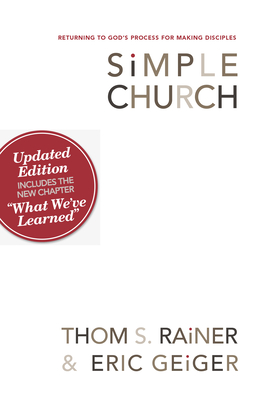
Balakrishnan
product information
description
nced approach to spreadsheet-based decision modeling. In addition to using spreadsheets as a tool to quickly set up and solve decision models, the authors show how and why the methods work and combine the user's power to logically model and analyze diverse decision-making scenarios with software-based solutions. The book discusses the fundamental concepts, assumptions and limitations behind each decision modeling technique, shows how each decision model works, and illustrates the real-world usefulness of each technique with many applications from both profit and nonprofit organizations.
The authors provide an introduction to managerial decision modeling, linear programming models, modeling applications and sensitivity analysis, transportation, assignment and network models, integer, goal, and nonlinear programming models, project management, decision theory, queuing models, simulation modeling, forecasting models and inventory control models.
The additional material files
- Chapter 12
- Excel files for each chapter
- Excel modules for Windows
- Excel modules for Mac
- 4th edition errata
can be found at https: //www.degruyter.com/view/product/486941
member goods
No member items were found under this heading.
Return Policy
All sales are final
Shipping
No special shipping considerations available.
Shipping fees determined at checkout.







